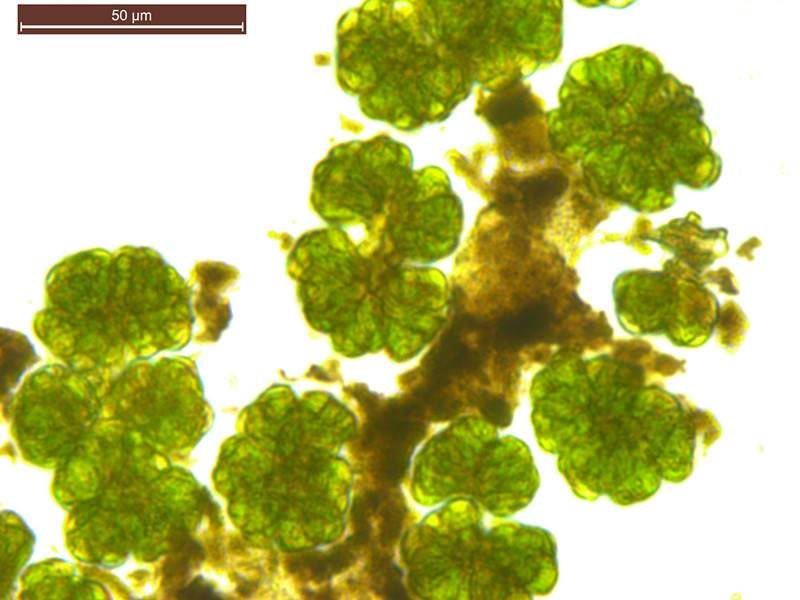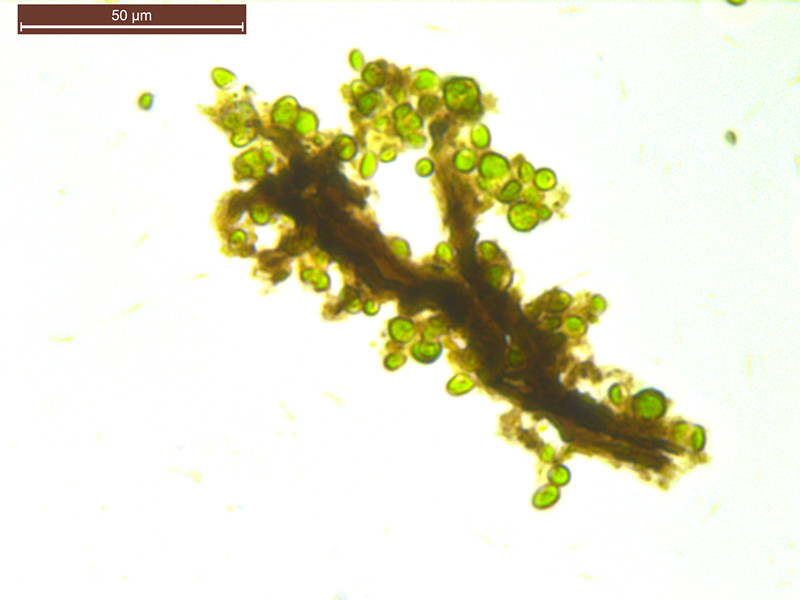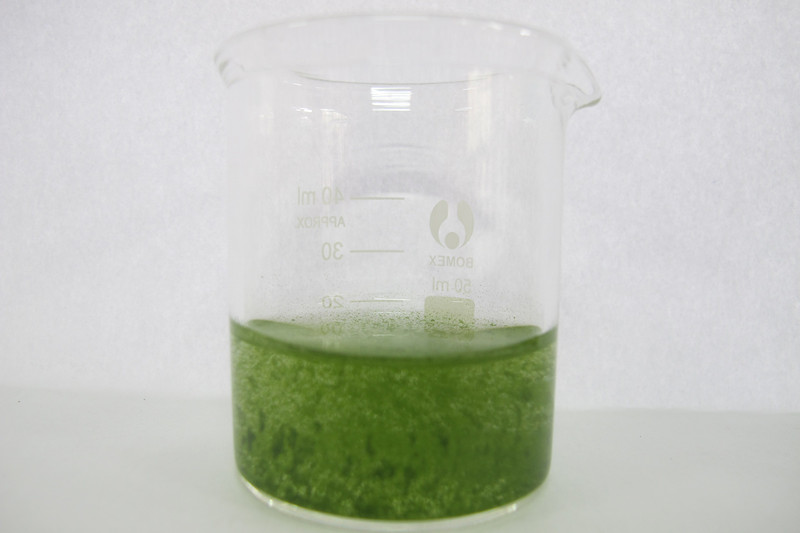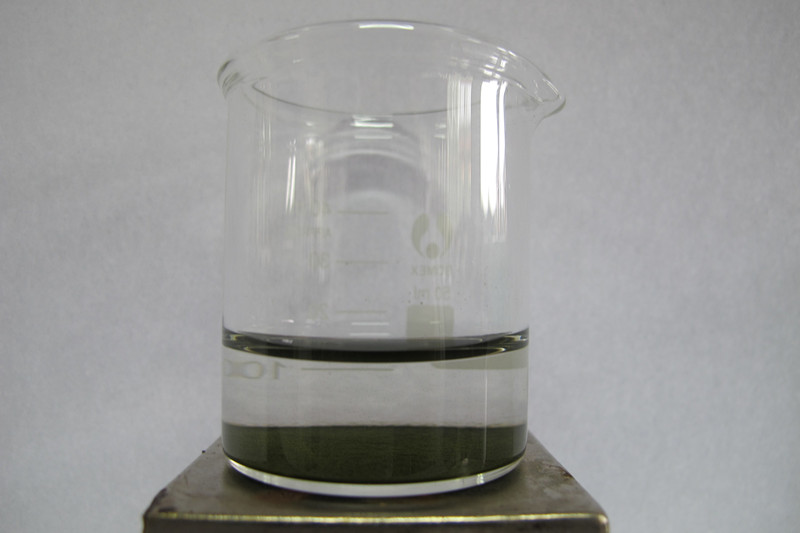Biodiesel derived from microalgae is a potential alternative to fossil fuels, and microalgae are regarded as the only source of renewable biodiesel that is capable of replacing traditional fossilfuels due to its higher growth rate andoil content, the ability to be cultivated in non-arable areas, and the production of multiple types of lipids, hydrocarbons, and other complex oils. Due to the dilute nature of micro algal cultures and their small cell size, the harvesting and dewatering steps are difficult aspects for the industrialization of micro algal biofuels ,and their combined operating costs contribute to 20?30% of the total production cost. Traditional separation methods, such as centrifugation, filtration and screening, flocculation and flotation, have used in microalgae dewatering process and exposed different limitations including often time- or energy-consuming. Developing an economic and effective microalgae harvesting approach is significant for industrial-scale production of microalgae biofuel.
Recently, a novel magnetic flocculant has been developed by Prof. Liu Chun-Zhao’s group for highly efficient harvesting of micro algal cells. The magnetic flocculant was synthesized by traditional organic flocculant - cationic polyacrylamide (CPAM) - and magnetic Fe3O4 nanoparticles. High recovery efficiencies were achieved at a wide range of pH values (4-10) for both algal species and resulted in a recovery efficiency of more than 95% within 10 min using a dosage of 25 mg/L for Botryococcusbraunii and 120 mg/L for Chlorella ellipsoidea. The maximum adsorption capacity can reach 114.8 and21.4 mg dry cells/mg-particles at pH 7 for B braunii and C ellipsoidea respectively. The primary flocculation mechanism was bridging, which was assisted by the electrostatic interactions between the microalgal cells and the magneticflocculant underacidic conditions. The novel magnetic flocculant offers an efficient and rapid method for algal harvesting that does not result in environmental pollution.These results provide new opportunities and challenges for understanding and improving the harvesting of microalgae using magnetic separation.
(A) (B)
(B)
Fig.1 Light microscope photos offlocculant-cells aggregates
(A:Botryococcusbraunii; B: Chlorella ellipsoidea) ( Image by IPE)
(A) (B)
(B)
Fig. 2 Botryococcusbraunii flocculated by CPAM and magnetic flocculant
(A: Sedimentation for 30 min after flocculated by CPAM;
B:Adsorbed by magnet for 1 min after flocculated by magnetic flocculant ) ( Image by IPE)
This work has been published on ACS Applied Materials & Interfaces (2014, 6 (1): 109–115) and was financially supported by the Major State Basic Research Development Program (973 Project) of China (Nos.2011CB200905 and 2011CB200903), the National Natural Science Foundation of China (No. 21106165), and the Chinese Academy of Sciences Fellowship for Young International Scientists (No. 2011Y1GA01). (By IPE)
 Search
Search




 京公网安备110402500047号
京公网安备110402500047号